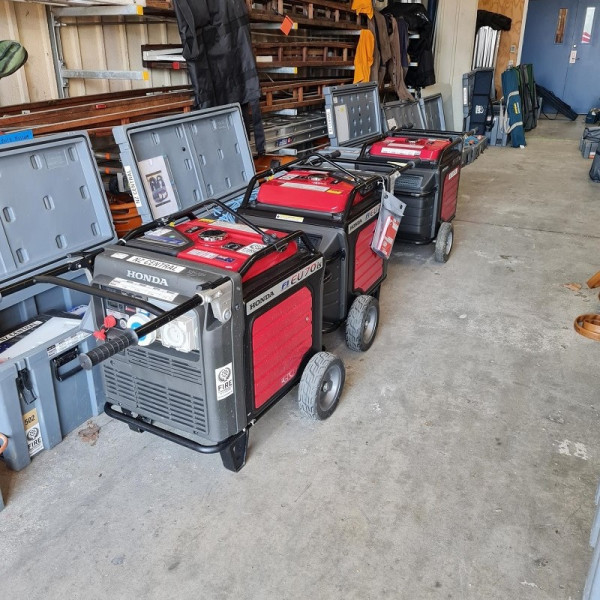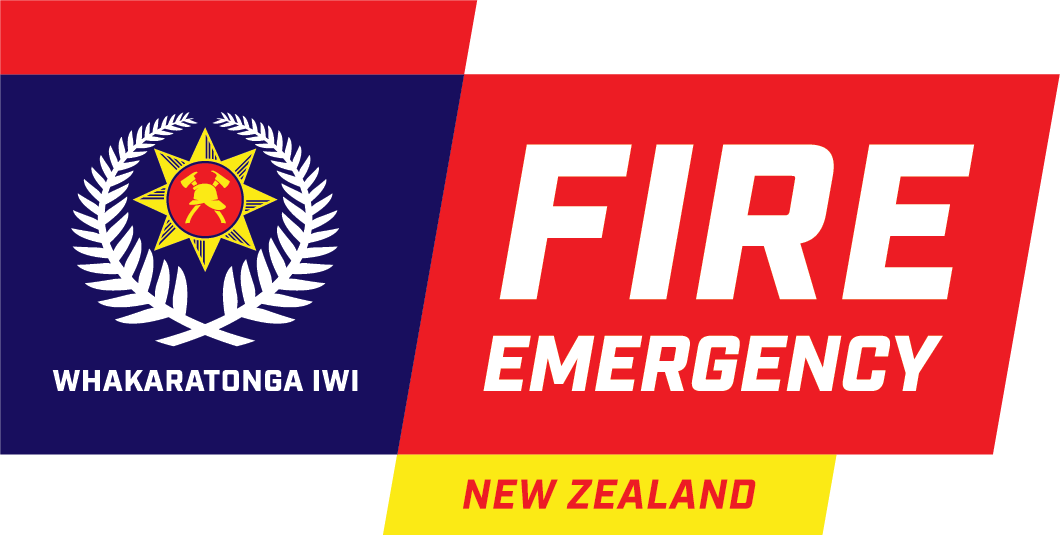More than 18 tonnes of USAR equipment cleaned and repaired
Following a three-day Urban Search and Rescue exercise earlier this month in Ardmore in Auckland, more than 18 tonnes of search and rescue equipment is being cleaned and repaired.
National USAR Logistics Coordinator, Stuart (Tiger) McCleary, reports that the Central USAR team, ably led by Gary Stallard (Central USAR Logistician) have been on the job for nearly three weeks getting the equipment ready for its next deployment.
‘Nearly all the Central USAR cache was transported by road on four twin-axle trucks to the Ardmore site where it was used by Cat 2* recruits to effect ‘rescues’ and perform scenarios as part of their end of course assessment.’
Tiger says the weather in Ardmore was horrendous including constant rain, so the equipment was wet, dirty, and very muddy, and during the exercise it ‘took a hammering’.
‘It all needs to be cleaned, dried, repaired where necessary and put back into the cache. Every box in the cache is broken down into a coloured category, for example all boxes labelled with blue numbering has all the breaking, breaching, boring and cutting gear in it. These include the concrete cutters and heavy breakers, core drills and gas cutting equipment.

‘These items do the heavy work for access to patients trapped under a collapsed building; the technicians have to basically deconstruct a building layer by layer to access patients and those trapped.’
Tiger says other equipment includes generators to supply power to the team’s Base of Operations (BoO). The generators enable them to run what they call their habitat - large tents for mess, sleeping, showers, hygiene, command tents, two-person sleeping tents, and blow-up tents for the medical staff attached to each team - as well as supporting all IT functions and satellite communications.
Senior USAR Instructor and Operations Manager, Central USAR, Royce Tatham says any exercise is not over until the equipment is cleaned, dried and repacked.
‘We use water blasting and soapy water. The mechanical gear is oiled and lubricated and then it is all tested. If there are any problems, they are fixed, or the gear is replaced. It will take about a month all up to recommission everything, so it is ready for its next call-out.’
*USAR training: Category 1 (CAT1) - Surface Search and Rescue/Category 2 (CAT2) - Surface and Below Debris Search and Rescue






